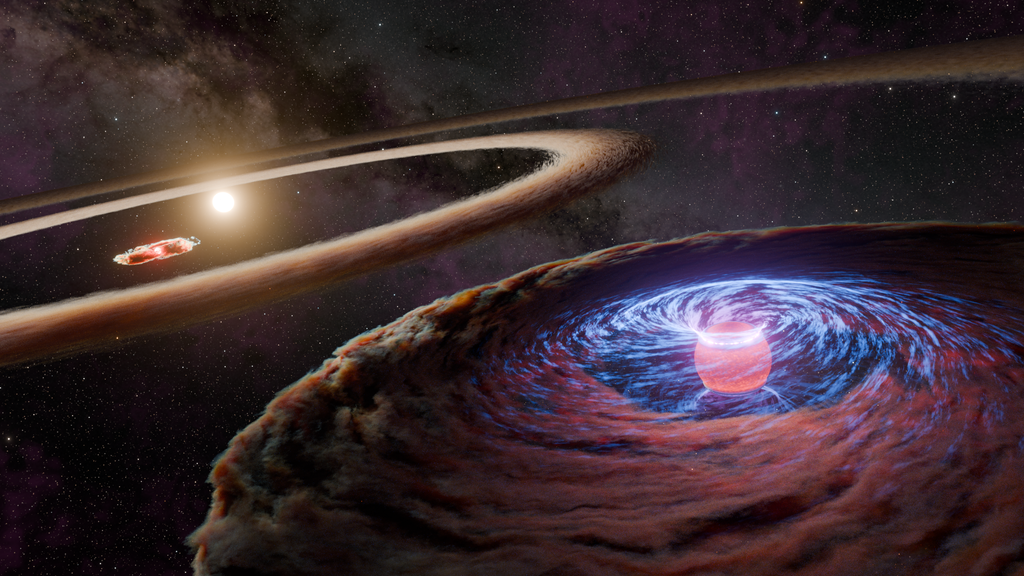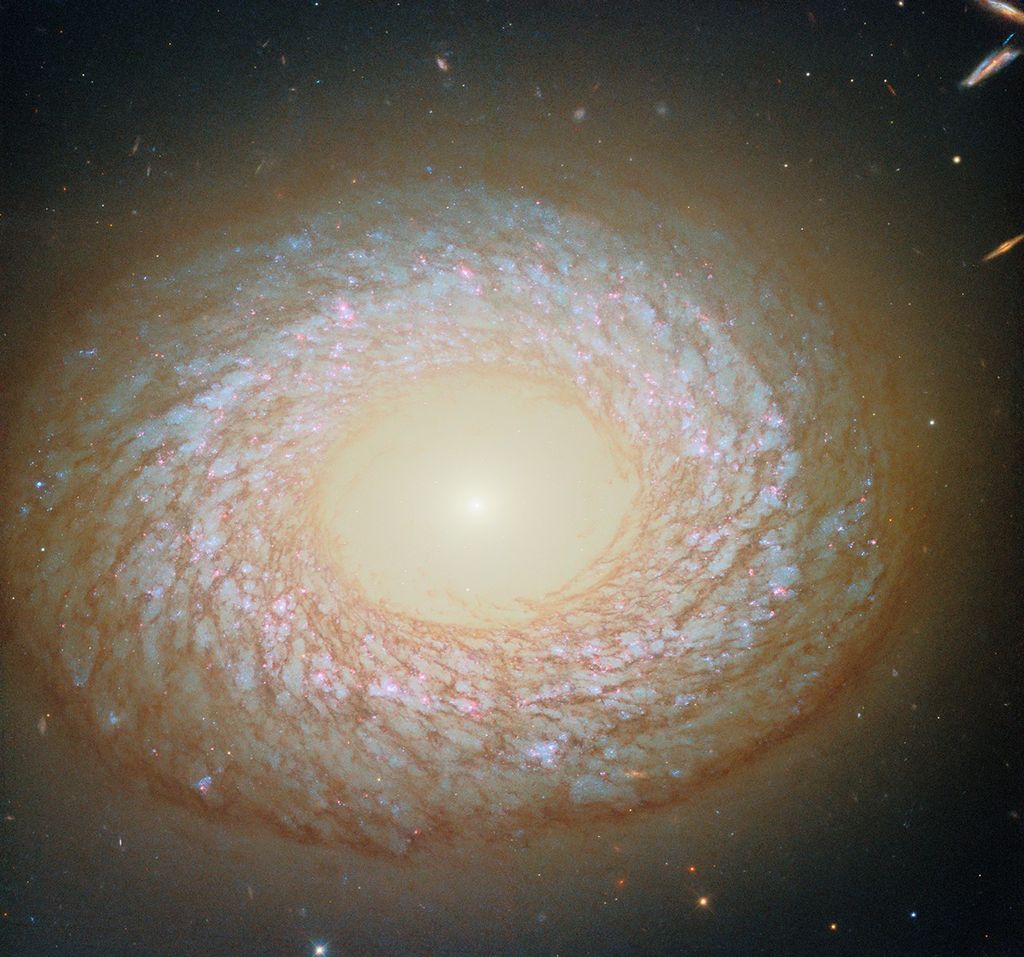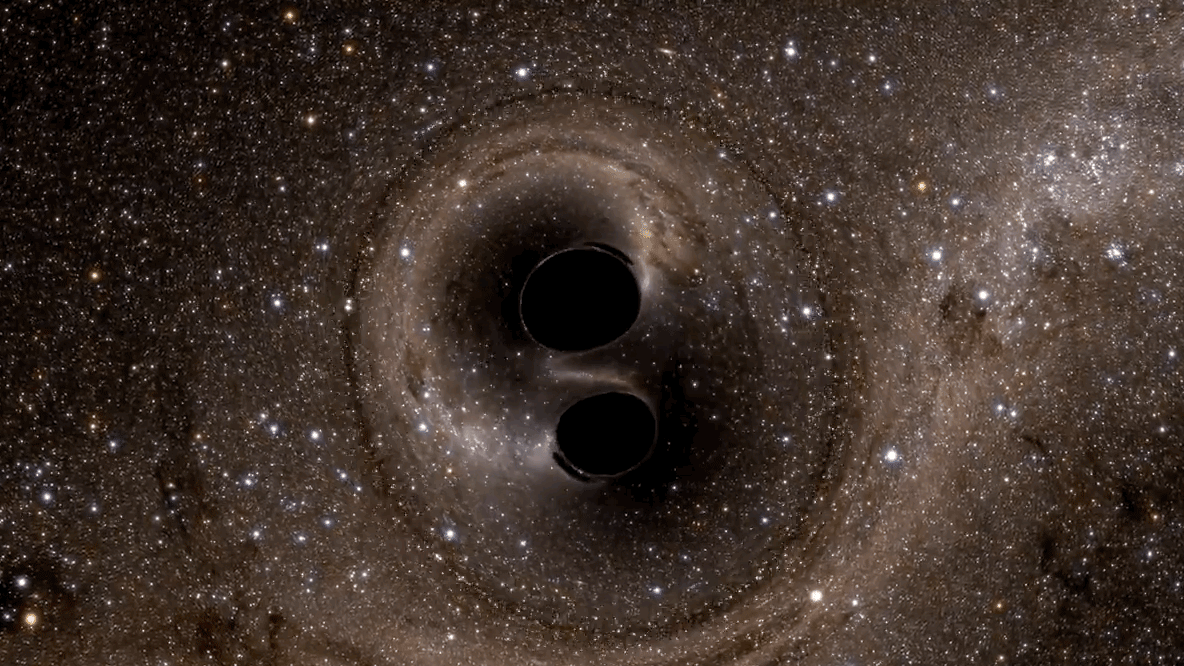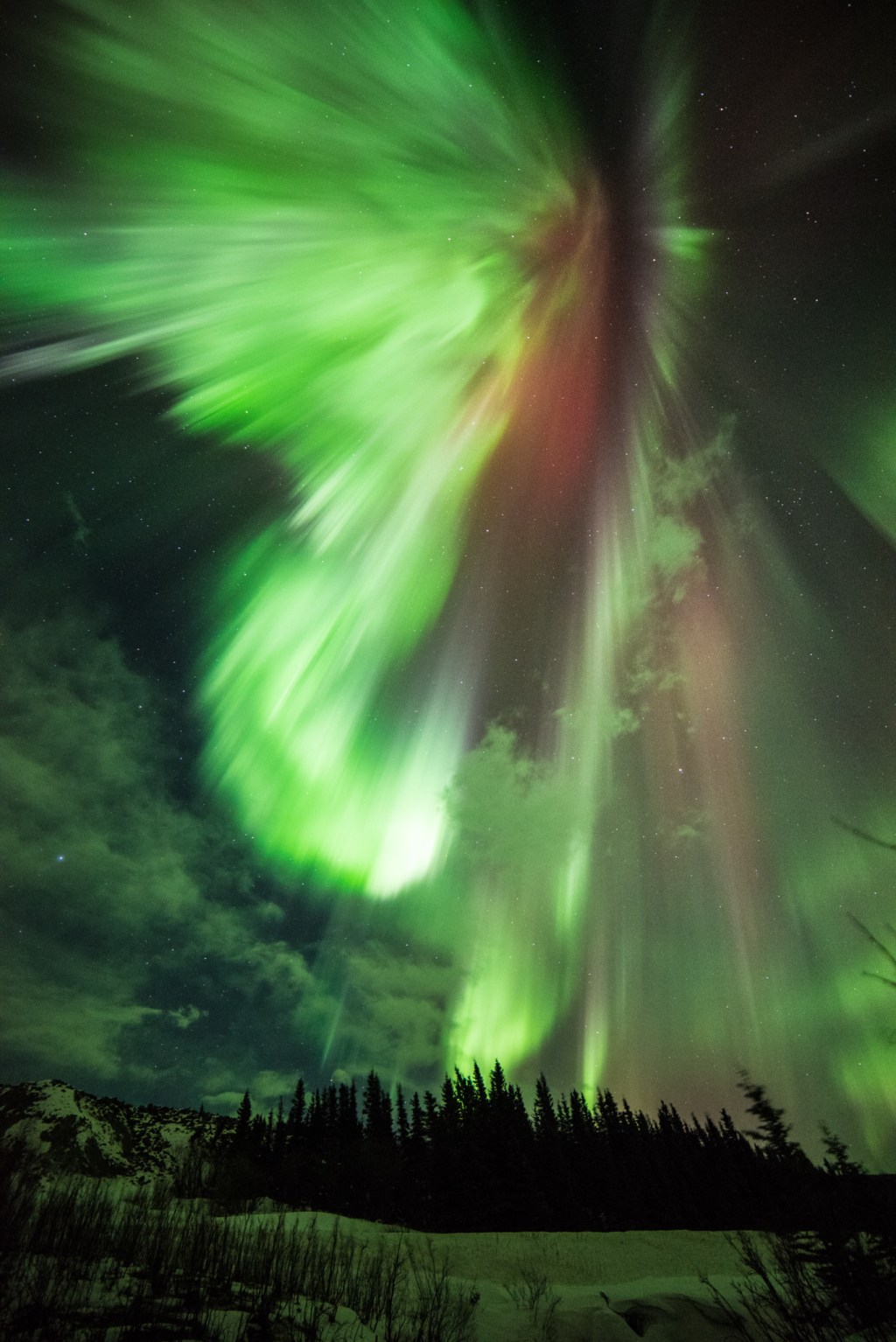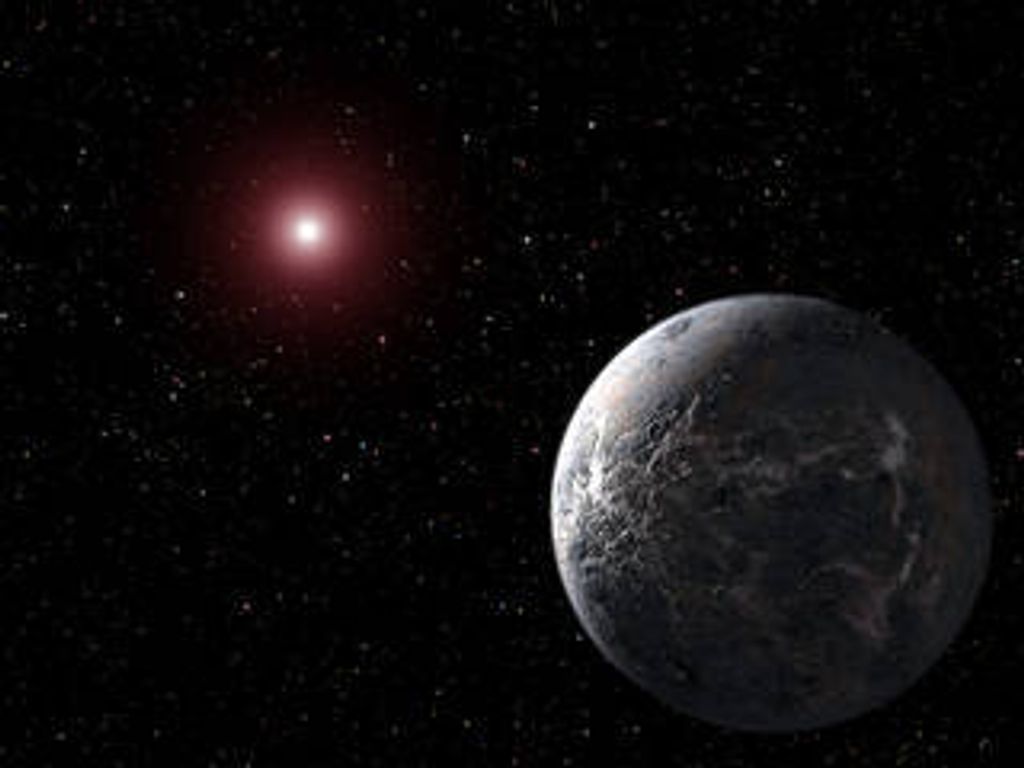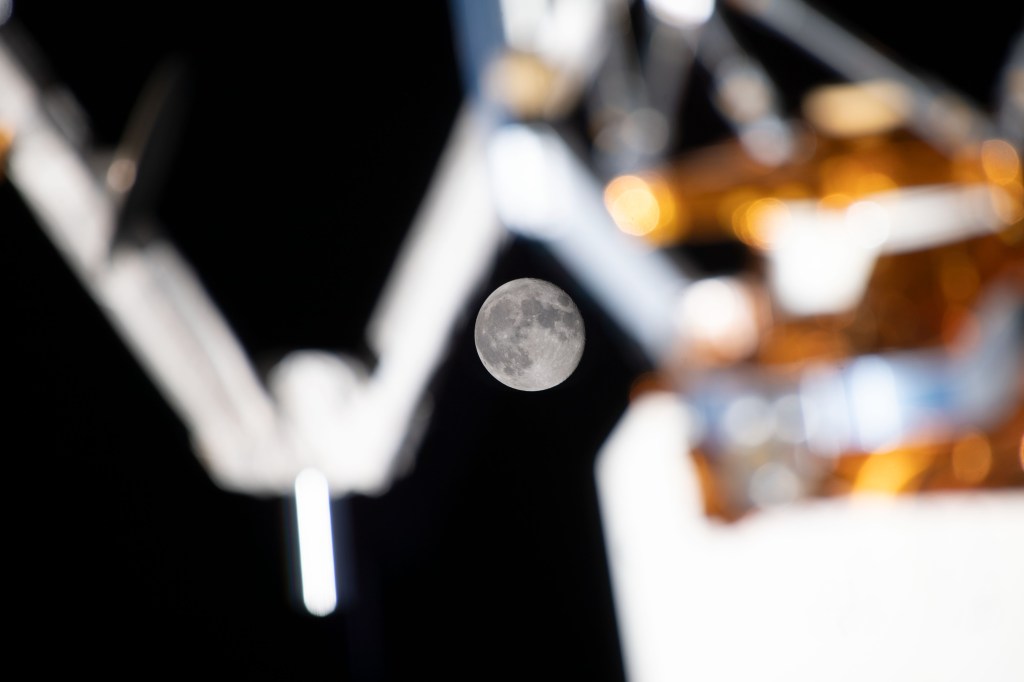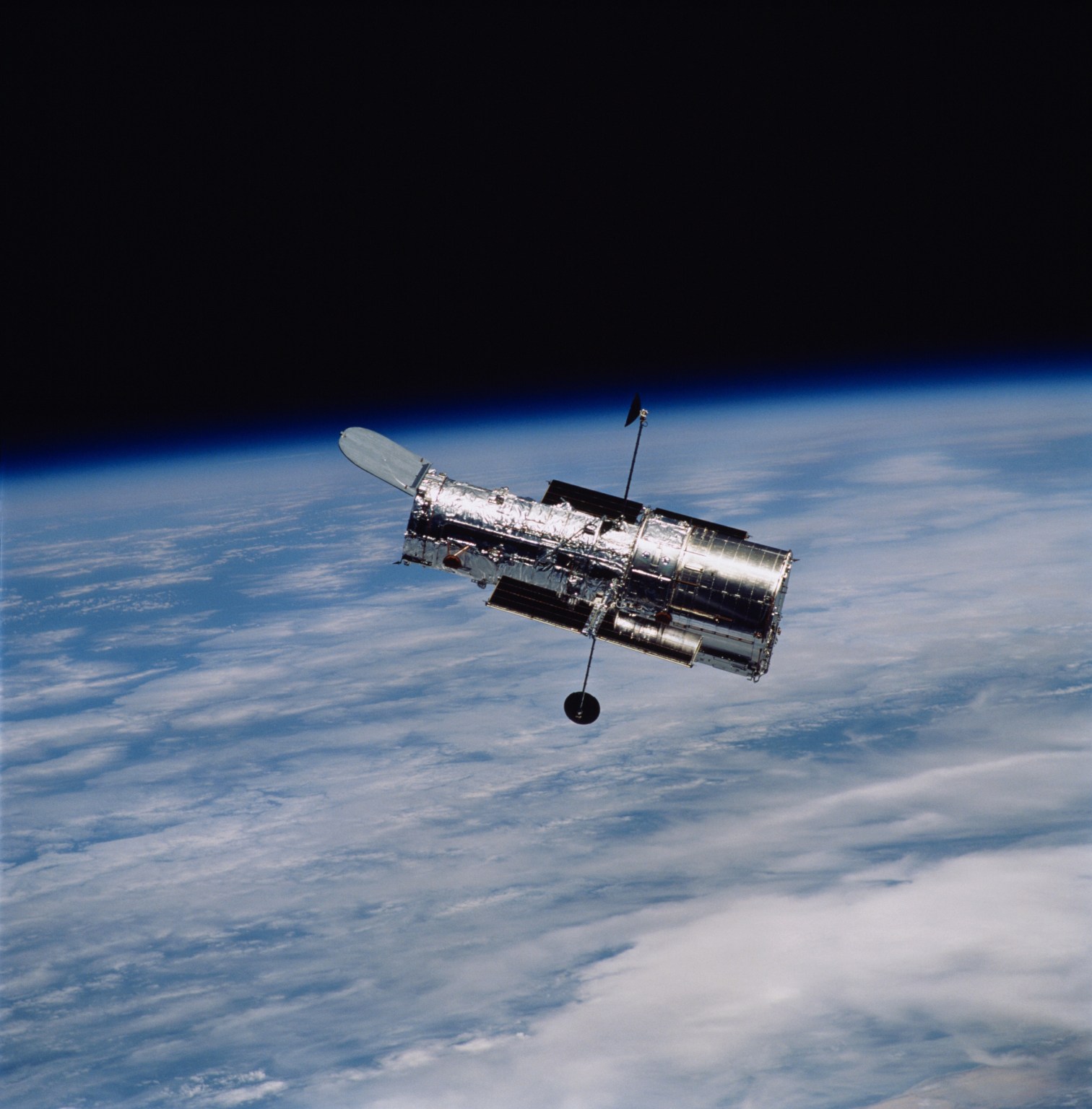1 min read
Is There Anybody Home?

NASA's Spitzer Space Telescope recently captured these infrared images of six older stars with known planets. The yellow, fuzzy clouds are discs of dust, or "debris discs," like the one that surrounds our own Sun. Though astronomers had predicted that stars with planets would harbor debris discs, they could not detect such discs until now.
Spitzer was able to sense these dusty discs via their warm infrared glows. Specifically, the presence of the discs was inferred from an excess amount of infrared emission relative to what is emitted from the parent star alone.
The stars themselves are similar in age and temperature to our Sun. In astronomical terms, they are stellar main sequence stars, with spectral types of F, G, or K. These planet-bearing stars have a median age of four billion years. For reference, our Sun is classified as a G star, with an age of approximately five billion years.
The discs surrounding these planetary systems are comprised of cool material, with temperatures less than 100 Kelvin (-173 degrees Celsius). They are 10 times farther away from their parent stars than Earth is from the Sun, and are thought to be analogues of the comet-filled Kuiper Belt in our solar system.
The contrast scale is the same for each image. The images are approximately 2 arcminutes on each side. North is oriented upward and east is to the left. The pictures were taken with the 70-micron filter of Spitzer's multiband imaging photometer. The telescope resolution at 70 microns is 17 arcseconds and there is no evidence for any emission extended beyond the telescope resolution.
About the Object
- R.A. PositionR.A. PositionRight ascension – analogous to longitude – is one component of an object's position.20h 45m 9.53s
- Dec. PositionDec. PositionDeclination – analogous to latitude – is one component of an object's position.-31° 20' 27.19"
About the Data
- InstrumentInstrumentThe science instrument used to produce the data.SST>MIPS
- FiltersFiltersThe camera filters that were used in the science observations.24 and 70 um
- Object NameObject NameA name or catalog number that astronomers use to identify an astronomical object.Top row (left to right): HD 117176, HD 33636, HD 52265 Bottom row (left to right): HD 82943, HD 50554, HD 128311
- Object DescriptionObject DescriptionThe type of astronomical object.Stars with Debris Disks
- Release DateDecember 9, 2004
- Science ReleaseSpitzer and Hubble Capture Evolving Planetary Systems
- CreditNASA/JPL-Caltech/C. Beichman (Caltech)
Related Images & Videos
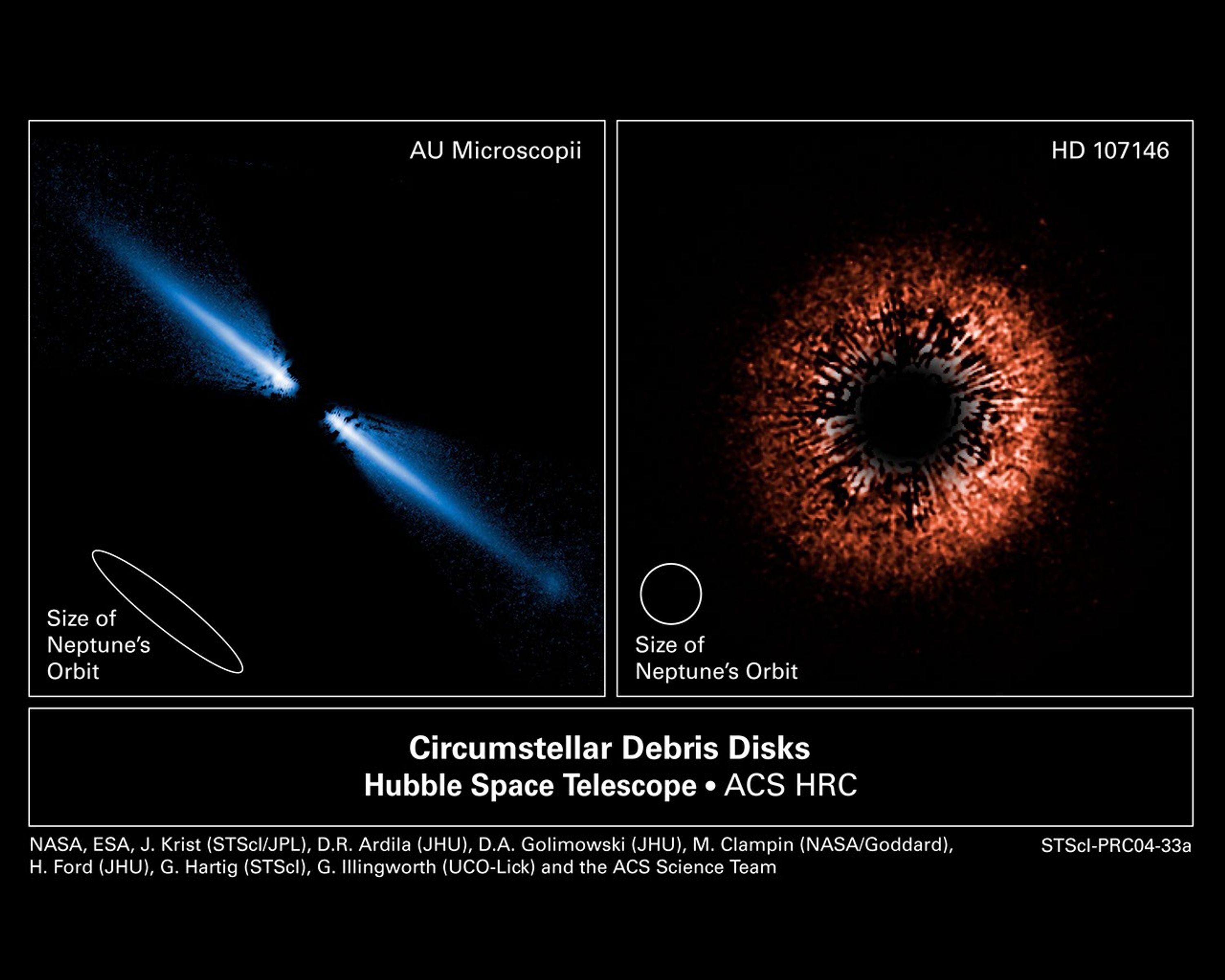
Debris Disks Around Sun-Like Stars AU Microscopii and HD 107146
[LEFT: AU Microscopii] - A visible-light image of a debris disk around the red dwarf star AU Microscopii. Planets may be forming, or might already exist, within it. The disk glows in starlight reflected by tiny grains of dust created by the collisions of asteroids and comets....

Disk of Debris Around Red Dwarf Star AU Microscopii
A visible-light image of a debris disk around the red dwarf star AU Microscopii. Planets may be forming, or might already exist, within it. The disk glows in starlight reflected by tiny grains of dust created by the collisions of asteroids and comets. Because it is composed of...

Planetary Debris Disk Encircling Yellow Dwarf Star HD 107146
This is a false-color view of a planetary debris disk encircling the star HD 107146, a yellow dwarf star very similar to our Sun, though it is much younger (between 30 and 250 million years old, compared to the almost 5 billion years age of the Sun). The star is 88 light-years...

The View from Within AU Microscopii's Disk
This is an artist's impression of the view from the vicinity of a hypothetical terrestrial planet and moon orbiting the red dwarf star AU Microscopii. The relatively newborn 12 million year-old star is surrounded by a very dusty disk of debris from the collision of comets,...

Model of AU Microscopii Disk
This is a so-called scatter model based on the Hubble Space Telescope image of the planetary debris encircling the star AU Microscopii. Though the real disk is tilted nearly edge-on to Earth, this oblique view is from 30 degrees above the disk plane. This model clearly shows a...

A Distant Solar System (Artist's Concept)
This artist's concept depicts a distant hypothetical solar system, similar in age to our own. Looking inward from the system's outer fringes, a ring of dusty debris can be seen, and within it, planets circling a star the size of our Sun. This debris is all that remains of the...
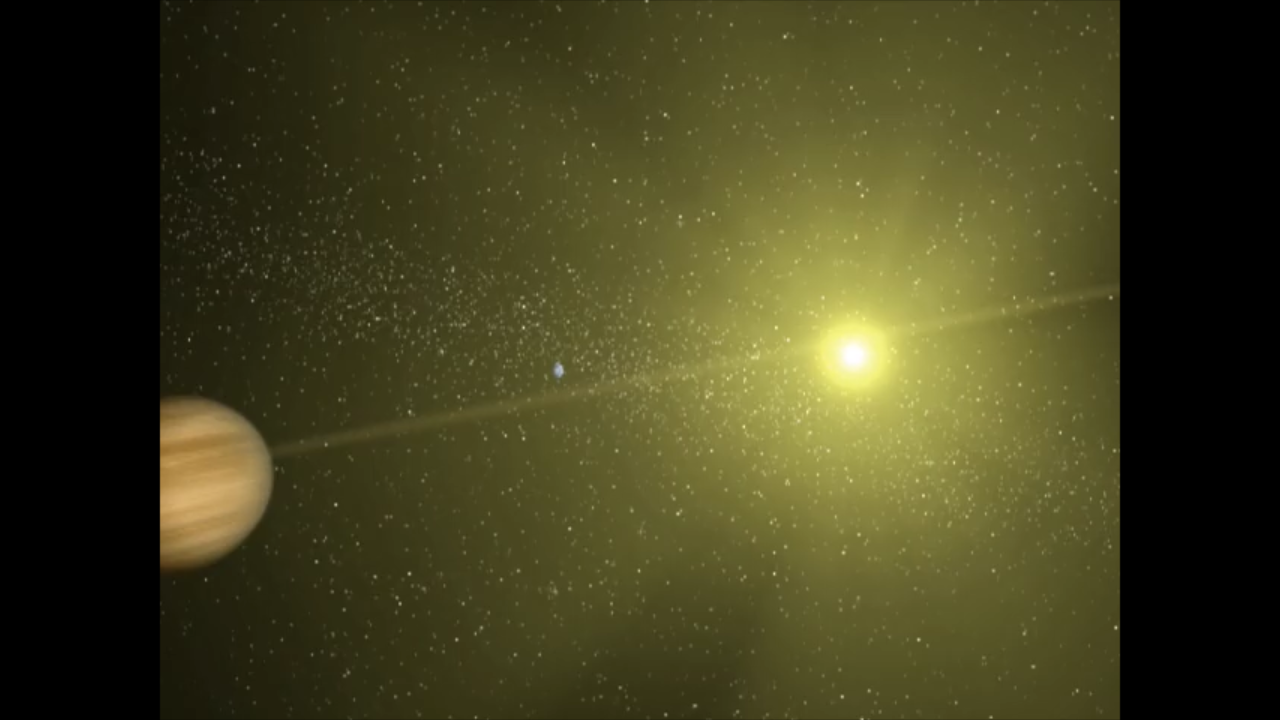
Artist's Concept of a Debris Disk Outside a Planetary System
This animation portrays an artist's concept of a distant hypothetical solar system, about the same age as our own. It begins close to the star, and then moves out past a number of planets. Though "extrasolar" planets are too small to be seen with telescopes, astronomers have...
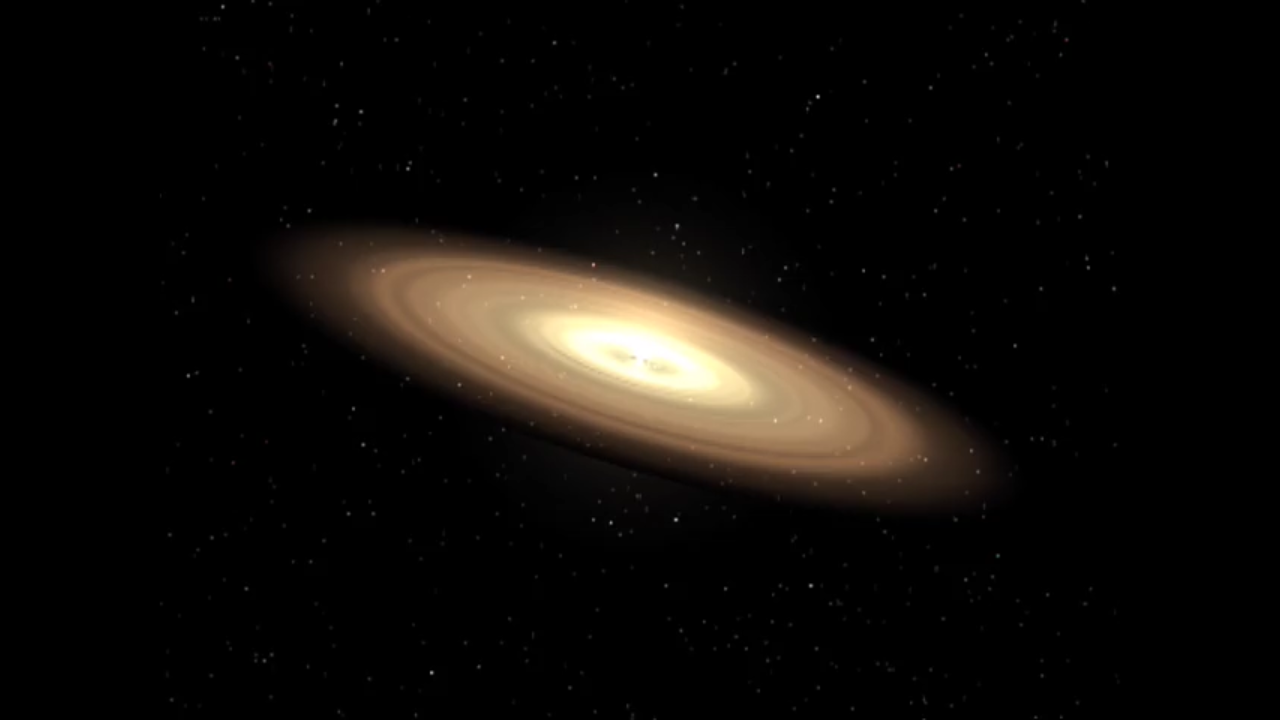
Animation of the Development of a Debris Disk into a Planetary System
This animation shows the evolution of a planet-forming disc around a star. Initially, the young disc is bright and thick with dust, providing raw materials for building planets. In the first 10 million years or so, gaps appear within the disc as newborn planets coalesce out of...
Share
Details
Claire Andreoli
NASA’s Goddard Space Flight Center
Greenbelt, Maryland
claire.andreoli@nasa.gov

